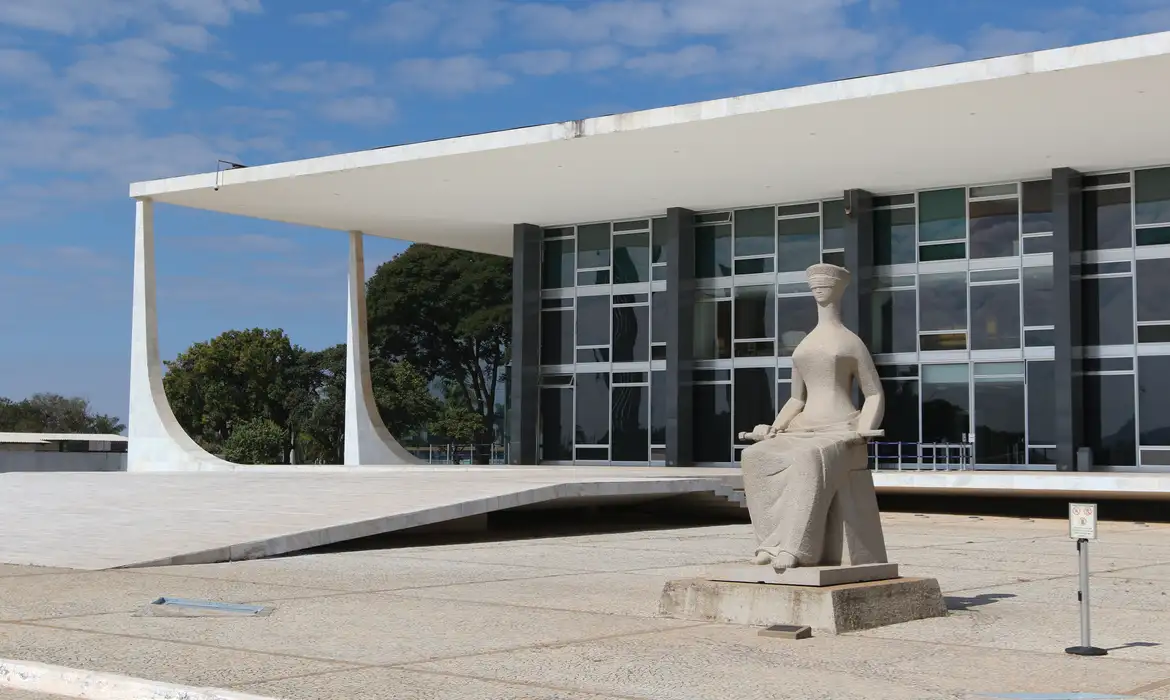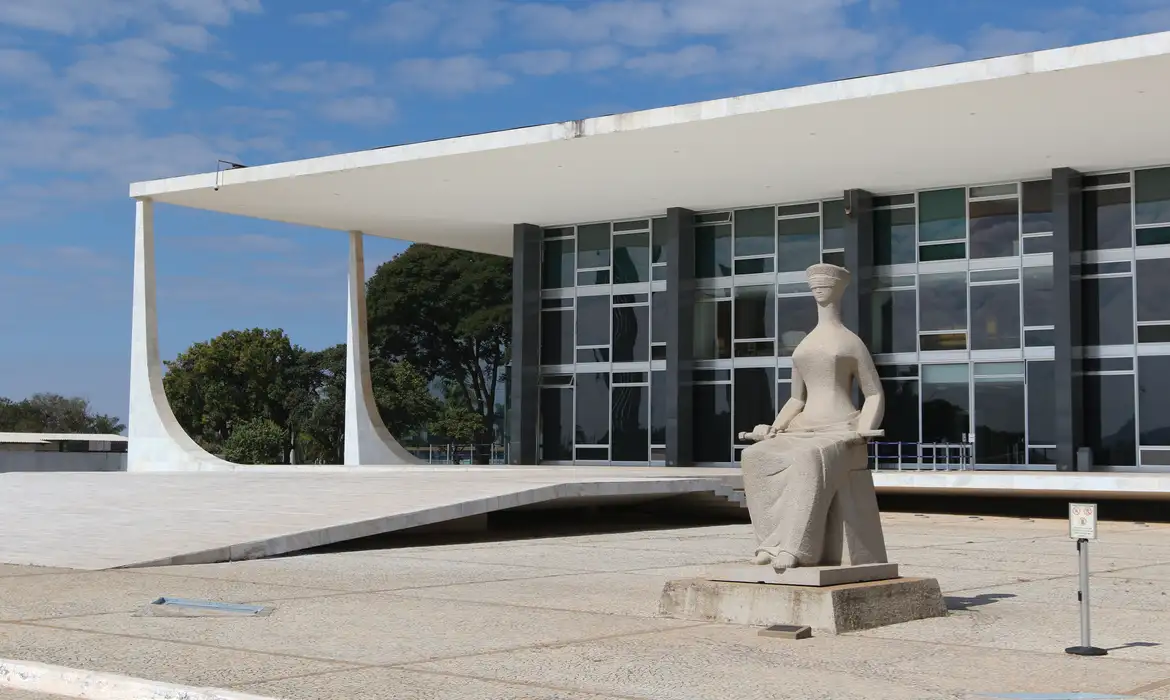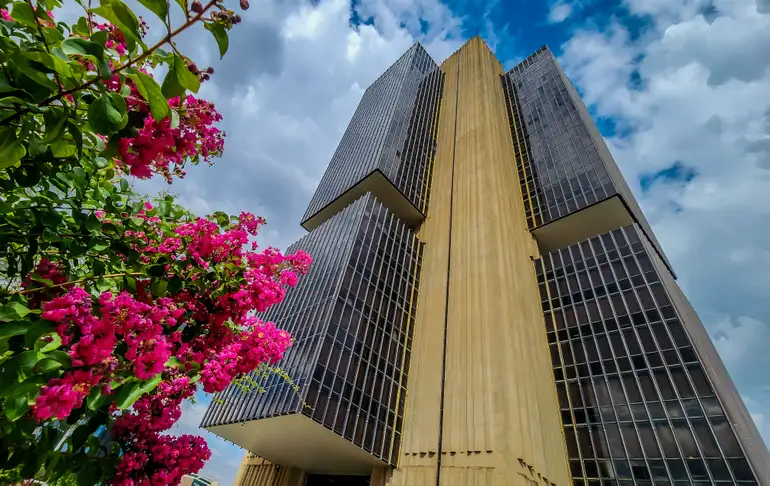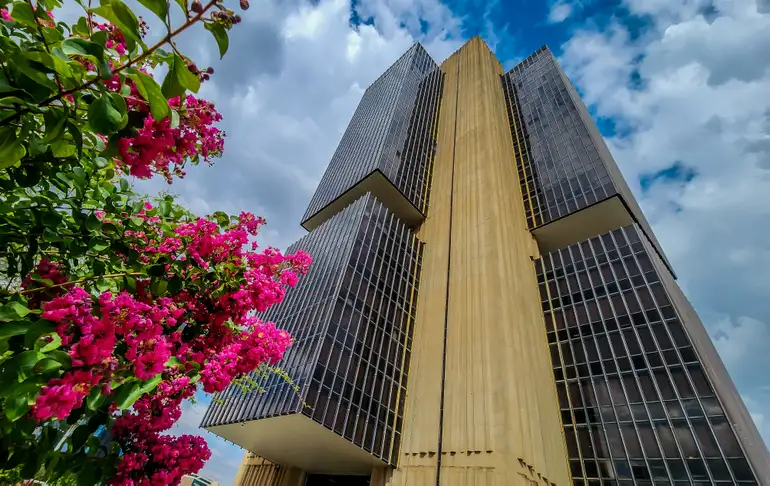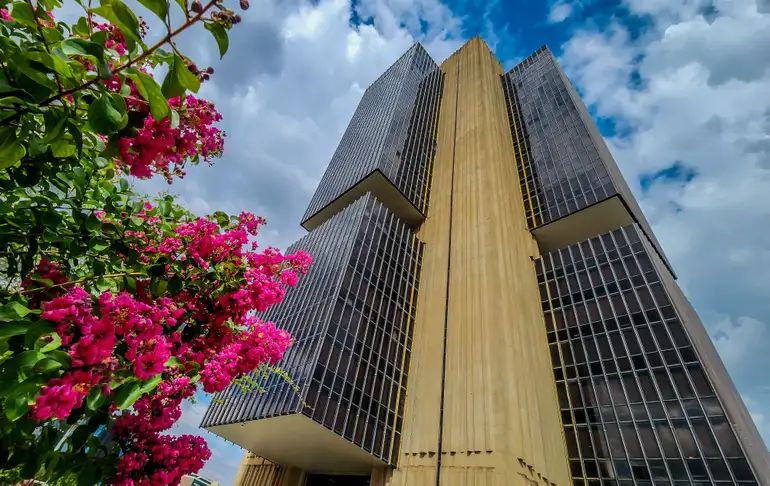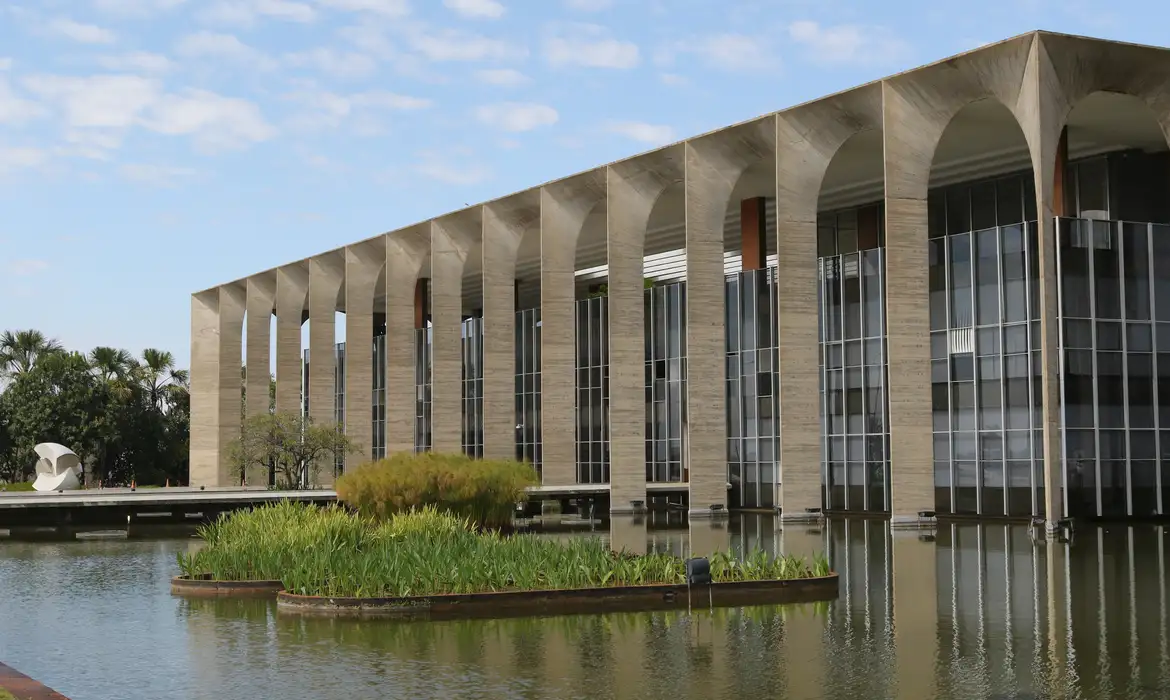Brazil tends to adopt the banking directives of the Basle committee as soon or shortly after their issuance. This has been the case with 1988 Basle I rules on capital adequacy based on risk weighted averages, now contained in Resolution No. 3,490, dated August 29, 2007, from the National Monetary Council (CMN) and further detailed in Circular No. 3,360, dated September 12, 2007, from the Central Bank of Brazil.
Additionally, the Basle III rules on additional stress capital to be created as a buffer to crisis, while not yet enacted with binding force, have been posted by the Central Bank of Brazil for public consultation and comments ending last May. They should be shortly enacted.
In March, a last brick was put in the wall of Basel II rules with the adoption of internal models for calculation of the required capital on general banking operations (Circular No. 3,581, dated March 8, 2012, from the Central Bank of Brazil).
One of their main aspects is the determination that the internal models be calculated based on homogenous risk groups. In relation to each such risk groups a risk factor is calculated, based on elements such as the probability of default and the value at risk of loss in case of default. After application of the risk factor to each of the risk groups, the partial results are added up, leading to the capital requirement.
The internal model can only be used upon the financial institution interested in its use obtaining authorization from the Central Bank of Brazil.
The use of such internal models and their mathematical complexities constitute an exception to the traditional and simple to assess rule requiring banking capital to be equal to 11% of risk weighted assets. Such certainty is replaced by the more subjective evaluation of the banks themselves regarding their customers and value at risk upon default.
Whereas this may in certain cases work to the advantage of the regulated financial entities, enabling them to adapt not so flexible rules to their realities, the picture is not always bright. In the first place, more complex and subjective rules are less transparent. Secondly, the regulation enables the Central Bank of Brazil to disavow at any time the internal model chosen and approved by it. The only requirement is the regulator reaching the conclusion that the capital does not adequately reflect credit risk. No fetters are imposed on this discretion.
This creates the regulatory risk that the capital base of the institution be deemed insufficient and needs to be replenished at short notice, under penalty of several forms of administrative intervention or liquidation. One is let wondering whether the additional flexibility atones for the increased risk.



















